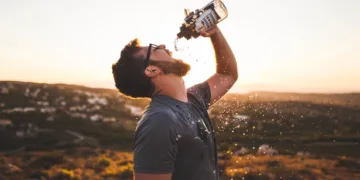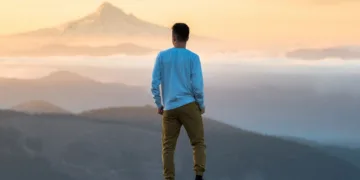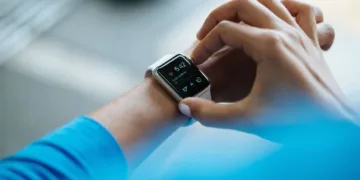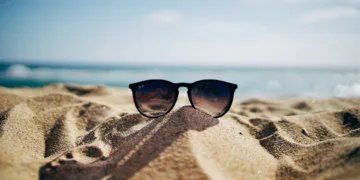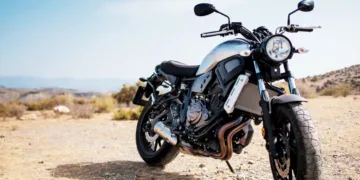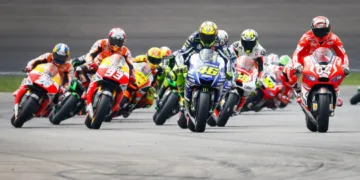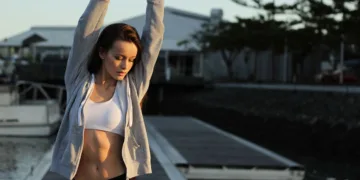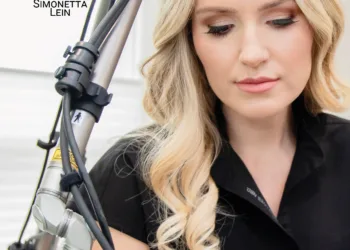Table of Contents
«Capture the Love: Be a Pet Photographer!»
Introduction
If you love animals and have a passion for photography, becoming a pet photographer may be the perfect career for you. Pet photography is a unique and rewarding profession that allows you to capture the unique personalities of animals and create beautiful images that will be cherished for years to come. In this guide, we will discuss the basics of pet photography, from the equipment you need to the techniques you should use to capture the perfect shot. We will also discuss the business side of pet photography, including how to market yourself and find clients. With the right knowledge and dedication, you can become a successful pet photographer and make a living doing something you love.
How to Choose the Right Camera and Equipment for Pet Photography
Pet photography is a unique and rewarding field of photography that requires specialized equipment and techniques. Whether you are a professional photographer or an amateur looking to capture special moments with your pet, it is important to choose the right camera and equipment for the job. Here are some tips to help you select the best camera and equipment for pet photography.
First, consider the type of camera you need. If you are a professional photographer, you may want to invest in a digital single-lens reflex (DSLR) camera. DSLR cameras offer superior image quality and allow you to adjust settings such as shutter speed, aperture, and ISO. If you are an amateur photographer, a point-and-shoot camera may be a better option. Point-and-shoot cameras are smaller and more affordable, and they are easier to use.
Next, think about the type of lens you need. For pet photography, you will want to use a telephoto lens. Telephoto lenses allow you to capture close-up shots of your pet without having to get too close. You may also want to consider a wide-angle lens for capturing larger scenes.
In addition to the camera and lens, you will need other equipment for pet photography. A tripod is essential for keeping your camera steady and reducing camera shake. A remote shutter release is also helpful for taking photos without having to touch the camera. You may also want to invest in a flash or external lighting to help you capture the best shots.
Finally, consider the type of accessories you need. Pet photography often requires you to get down on the ground or in awkward positions. A beanbag or cushion can help you stay comfortable while shooting. You may also want to invest in a pet harness or leash to help keep your pet in place.
By following these tips, you can choose the right camera and equipment for pet photography. With the right gear, you can capture beautiful and unique photos of your pet that you will cherish for years to come.
Tips for Capturing the Perfect Pet Portrait
1. Choose the Right Location: When taking pet portraits, it is important to choose a location that is comfortable for your pet. Consider the lighting, background, and any distractions that may be present.
2. Get to Know Your Pet: Spend some time getting to know your pet before taking the portrait. This will help you understand their personality and how they will react to the camera.
3. Use Natural Light: Natural light is the best light for pet portraits. Try to find a spot with plenty of natural light, such as near a window or outdoors.
4. Use Treats and Toys: Using treats and toys can help keep your pet’s attention and make them more comfortable.
5. Take Multiple Shots: Taking multiple shots will help you capture the perfect pet portrait. Try different angles and poses to get the best shot.
6. Use a Tripod: Using a tripod will help you keep the camera steady and ensure that your photos are sharp and clear.
7. Have Fun: Above all, have fun with your pet and enjoy the experience. This will help you capture the perfect pet portrait.
How to Create a Professional Pet Photography Studio

Creating a professional pet photography studio requires careful planning and preparation. Here are some tips to help you get started:
1. Choose a Location: Select a space that is large enough to accommodate your equipment and your clients’ pets. Make sure the area is well-lit and has plenty of natural light. Consider the acoustics of the space, as well.
2. Invest in Quality Equipment: Invest in high-quality cameras, lenses, and lighting equipment. Make sure you have a variety of backdrops and props to create interesting and unique images.
3. Set Up a Pet-Friendly Environment: Create a comfortable and inviting space for your clients’ pets. Provide plenty of treats and toys to keep them entertained.
4. Develop a Pricing Structure: Decide how you will charge for your services. Consider offering packages that include prints, digital images, and other products.
5. Promote Your Business: Create a website and social media accounts to showcase your work and attract new clients. Consider advertising in local pet-related publications and websites.
By following these tips, you can create a professional pet photography studio that will help you stand out from the competition. With the right equipment, a pet-friendly environment, and a well-thought-out pricing structure, you can create beautiful images that your clients will cherish for years to come.
How to Pose Pets for Maximum Impact in Photos
Taking photos of pets can be a fun and rewarding experience. However, it can also be challenging to capture the perfect shot. To ensure that your pet photos have maximum impact, it is important to consider the following tips when posing your pet.
First, make sure that your pet is comfortable. Before you start taking photos, take some time to get your pet used to the environment and the camera. Allow them to explore and get comfortable with the space. This will help them to relax and be more receptive to posing.
Second, use props to create interesting poses. Props can help to create a more dynamic photo and can also help to keep your pet’s attention. Consider using toys, treats, or other items to help your pet stay engaged and create interesting poses.
Third, use natural light. Natural light can help to create beautiful, vibrant photos. Try to take photos in a well-lit area, such as near a window or outdoors. This will help to create a more natural look and will also help to bring out the best in your pet’s features.
Finally, be patient. Taking photos of pets can be a time-consuming process. Don’t be discouraged if it takes a few tries to get the perfect shot. With patience and practice, you will be able to capture stunning photos of your pet.
By following these tips, you can ensure that your pet photos have maximum impact. With the right preparation and technique, you can create beautiful photos that will last a lifetime.
How to Edit Pet Photos for Maximum Impact
Editing pet photos for maximum impact can be a fun and rewarding experience. With the right tools and techniques, you can create stunning images that capture the unique personality of your pet. Here are some tips to help you get started.
1. Choose the Right Photo: Select a photo that captures your pet’s personality and shows off their best features. Avoid photos that are too dark or blurry, as these will not look good when edited.
2. Adjust the Exposure: Adjust the exposure of the photo to make sure that the colors are vibrant and the details are clear. You can do this by using the Levels or Curves tools in your photo editing software.
3. Enhance the Colors: Enhance the colors of the photo by using the Hue/Saturation or Color Balance tools. This will make the photo look more vibrant and will help to bring out the details.
4. Sharpen the Image: Use the Sharpen tool to make the details of the photo stand out. This will make the photo look more professional and will help to draw attention to the subject.
5. Add a Vignette: Add a vignette to the photo to draw attention to the subject and to create a more dramatic effect. You can do this by using the Vignette tool in your photo editing software.
By following these tips, you can create stunning pet photos that will capture the unique personality of your pet. With the right tools and techniques, you can create beautiful images that will be sure to make an impact.
Conclusion
To be a successful pet photographer, it is important to have a passion for animals, a creative eye, and the technical skills to capture the perfect shot. It is also important to be patient and understanding of the animals you are photographing, as well as their owners. With the right combination of skills, dedication, and practice, anyone can become a successful pet photographer.







